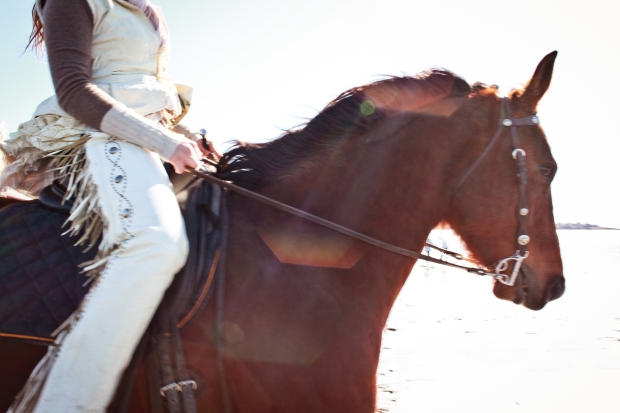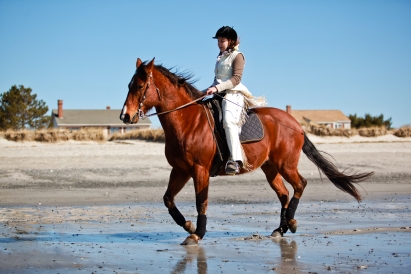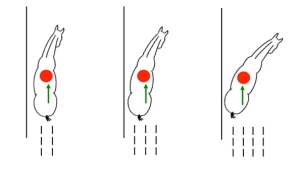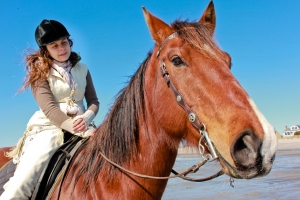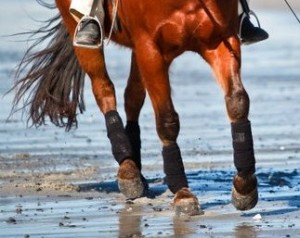 I recently had the opportunity to ride in a clinic with Classical Dressage instructor Georges Malleroni at the lovely Kennebec Morgan Farm in Woolwich, ME. I choose my clinics wisely nowadays, and have greatly enjoyed the two lessons I have had with this fellow. I find that right after a clinic or a successful lesson, my mind is often a jumble, and if someone asked me what I learned, I’d be hard pressed to tell them. It is usually only after a little while, and some more rides that the lesson emerges. The best lessons can often be expressed in a few concise words or concepts, and I either experience it while riding in the clinic, or during a later ride. In this clinic, my “aha!” moment was while riding.
I recently had the opportunity to ride in a clinic with Classical Dressage instructor Georges Malleroni at the lovely Kennebec Morgan Farm in Woolwich, ME. I choose my clinics wisely nowadays, and have greatly enjoyed the two lessons I have had with this fellow. I find that right after a clinic or a successful lesson, my mind is often a jumble, and if someone asked me what I learned, I’d be hard pressed to tell them. It is usually only after a little while, and some more rides that the lesson emerges. The best lessons can often be expressed in a few concise words or concepts, and I either experience it while riding in the clinic, or during a later ride. In this clinic, my “aha!” moment was while riding.
We were working on improving the symmetry and straightness of my horse Gabe, and I was struggling to consistently get the elusive feeling of lightness and energy that emerges when your horse is truly straight. We were working on very slow precise steps of shoulder in, which some may know, I am a big fan of as a very helpful movement. Then Georges stated emphatically, “It’s all about the angle, a little more or a little less, there is nothing. You have to get it just right for it to work.” This was my “aha!” moment. While schooling the shoulder in, there would be moments where it all felt right, and Gabe was light and forward – as if he switched into a higher gear, and I felt perfectly balanced and quiet, but it was hard for me to understand why those moments happened when they did. But then Georges told me – “It’s all about the angle.” And of course, he was right. When I rode Gabe at a specific angle in relation to the arena wall, it allowed his inside hind to step under and engage in a very productive way which was just not possible at “a little more, or a little less” of an angle. Of course, he also had to be straight through his body, my timing had to be on, and the angle of my body also had to be correct. But what it really came down to was the angle…
This comment “It’s all about the angle,” resonated with me so greatly because it is something I say to my students a lot also, about about their body position when doing groundwork with their horse. When the human’s body position and the horse’s body position combine to create a correct maneuver, that is when we get moments of true lightness and clarity, whether we are mounted or on the ground. I liken it to watching a Border Collie move a herd of sheep. There is a very precise position where the dogs presence causes the herd to move – a very precise angle of dog in relation to the herd. At that point, the energy of the herd of sheep is fluid and they move as one, any more, or any less and there is chaos.
When working on the ground with your horse, whether it is with a rope halter and lead, or a lunge line, or long lines, pay attention to the angle of your shoulders in relation to your horse. I find that most behavioral or movement problems when using any of these tools can be corrected by adjusting the angle of your shoulders. I tell my students to imagine “lightsabers” extending from their shoulders out in a straight line towards their horse. Your body should be parallel to your horses when they are circling you – i.e you should be facing their belly. Think of this position as “neutral.” From that position, you can then alter the angle of your body to influence their movement. If you want them to halt or slow down, you can close your leading shoulder – i.e swing your shoulder that is closest to their head gently towards them. By doing that, you are essentially closing an energetic door in front of them and they will respond accordingly. If your horse does not want to go forward while circling you, check that shoulder. Often, it is not open, so your energy is telling them to not go.
Your other shoulder (the one closest to the rear of the horse) acts mostly as a driving aid. If you want your horse to turn and face you, or step under with their inside hind, or disengage their hindquarters, or whatever you want to call it, close that shoulder. Meaning, bring that driving shoulder towards their hind end – your body should become more perpendicular to theirs if you do that. If your horse is turning and facing you when you don’t want them to, check the angle of that shoulder, usually therein lies the problem. If you imagine the lightsabers extending from each shoulder, your horse should stay within the angle made. Adjust the angle to change their position.
The combination of your correct angle and theirs is synergistic – it creates an energy that is greater than that of just you and your horse. Perhaps this sounds complicated, but once you feel it, the simplicity of it becomes apparent. And that is precisely it. It all makes sense once you feel it. When you have the angle right, your horse will move off of your body cues lightly and effortlessly and it begins to feel like dancing.
